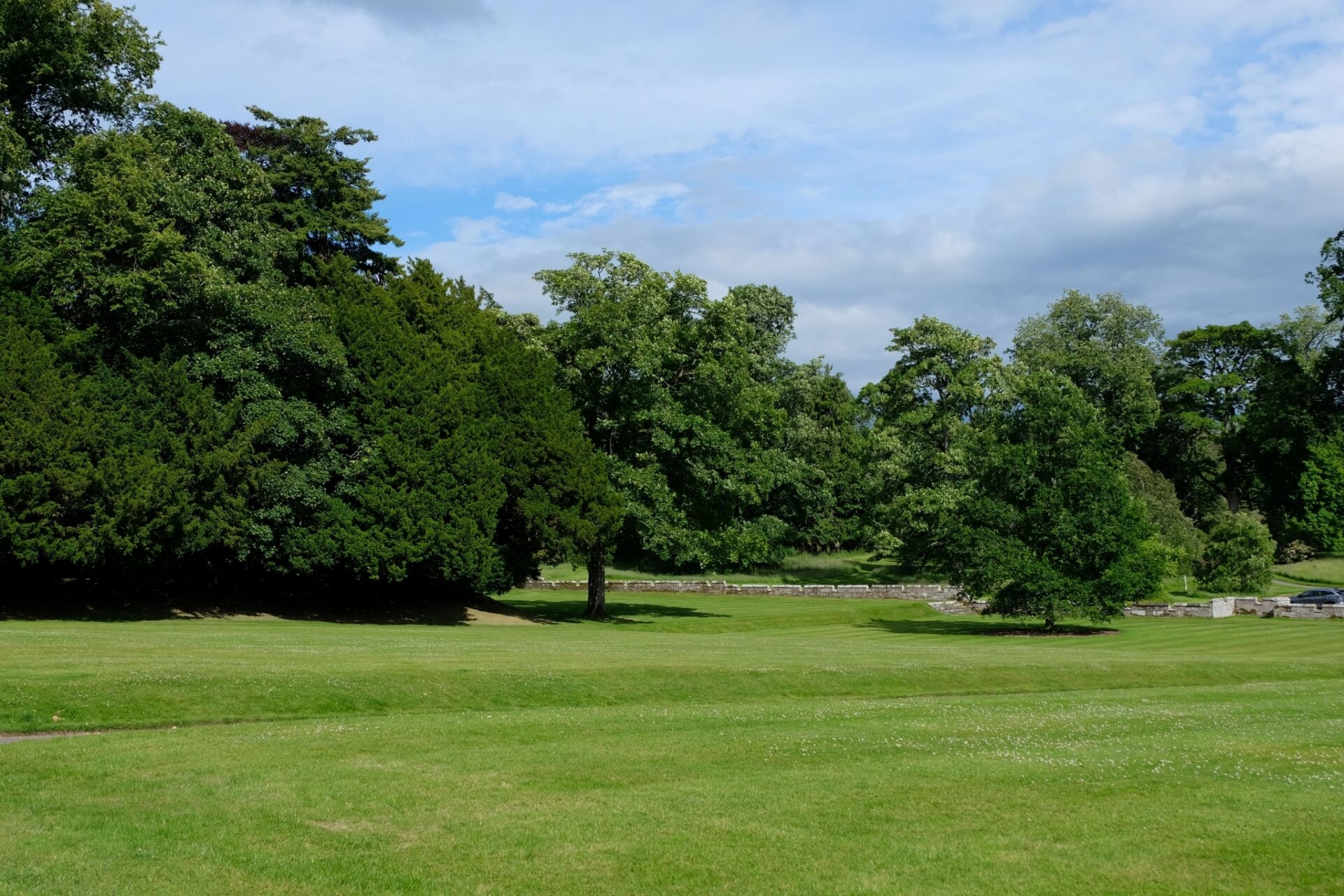Scone Abbey holds a significant place in the nation's history and cultural heritage. While the original abbey no longer stands, its legacy as a religious and political centre of medieval Scotland endures, leaving an indelible mark on the landscape and the collective memory of the Scottish people.
Founded in the early 12th century by King Alexander I of Scotland, Scone Abbey quickly became one of the most important religious institutions in the kingdom. Situated near the legendary Moot Hill, where Scottish kings were traditionally crowned, the abbey played a central role in the coronation ceremonies and royal rituals of medieval Scotland.
The abbey served as the spiritual heart of the Scottish monarchy, hosting countless coronations, weddings, and funerals throughout its centuries-long history. It was here that Scottish kings and queens sought divine blessing and guidance, reaffirming their sacred duty to govern with wisdom, justice, and compassion.
The architectural grandeur of Scone Abbey mirrored its spiritual significance, with its soaring arches, intricately carved stone, and magnificent stained glass windows testifying to the skill and craftsmanship of its builders. The abbey's cloisters, chapels, and refectory provided a tranquil retreat for monks and pilgrims seeking solace and spiritual renewal.
The abbey's prosperity and influence extended far beyond its walls, shaping the economic, social, and cultural life of medieval Scotland. Its vast estates and wealth of resources made it a powerful player in the political affairs of the kingdom, while its intellectual and artistic endeavours fostered a climate of learning and creativity that enriched the lives of all who passed through its gates.
Despite its prominent role in Scottish history, Scone Abbey was not immune to the ravages of time and conflict. In 1559, during the Protestant Reformation, the abbey was sacked and plundered by Protestant reformers, its treasures looted and its relics desecrated in the name of religious reform.
The final blow to Scone Abbey came in 1560 when the Scottish Parliament formally abolished the authority of the Roman Catholic Church in Scotland, leading to the dissolution of monasteries and the confiscation of their lands and assets. Scone Abbey, like many other religious houses across Scotland, fell into ruin and decay, its once-proud halls reduced to rubble and dust.
Today, little remains of the original Scone Abbey save for a few walls and weathered stones, a silent testament to the passage of time and the impermanence of human endeavour. Yet, despite its physical absence, the spirit of Scone Abbey lives on in the hearts and minds of the Scottish people, a symbol of faith, resilience, and enduring devotion.
In conclusion, Scone Abbey occupies a special place in Scotland's history and cultural heritage, serving as a spiritual and political centre of medieval Scotland. Its legacy as a bastion of faith, learning, and tradition continues to inspire awe and reverence, reminding us of the enduring power of the human spirit to triumph over adversity and adversity. Though its walls may have crumbled, the memory of Scone Abbey lives on, a testament to the enduring legacy of Scotland's rich and storied past.
